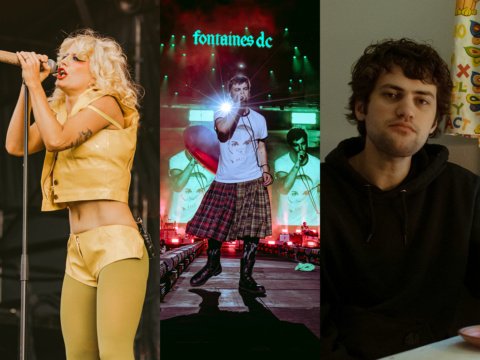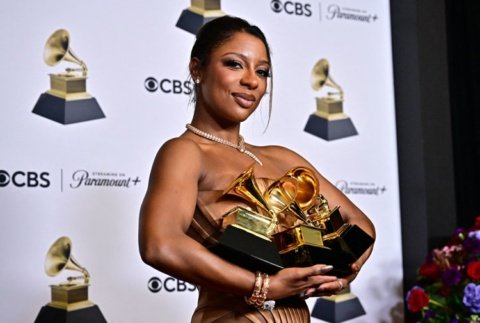SANTA FE — What role did queer individuals play in developing the art communities throughout the Southwest? Out West: Gay and Lesbian Artists in the Southwest 1900–1969 at the New Mexico Museum of Art aims to answer this question with a selection of works by artists in Arizona, Colorado, New Mexico, and West Texas, a region of the US that afforded them the sexual freedom they were denied elsewhere.
The exhibition primarily highlights artists in Northern New Mexico, such as R.C. Gorman (Navajo), Marsden Hartley, Anne Noggle, Agnes C. Sims, Cady Wells, and We’wha (Zuni), whose names and practices may or may not be familiar to museum visitors. Historically, most of mainstream American media and Western art history has framed this area as a rural arts mecca for (mostly White and male) artists while bypassing conversations about sexual identity and dismissing, exoticizing, or appropriating Indigenous cultures. Out West attempts, at least in part, to participate in dismantling that dominant narrative, much like the 1999 exhibition that Harmony Hammond curated at Plan B Evolving Arts in Santa Fe, from which the current show borrows its title.

Fittingly, this exhibition has no strict or static boundaries, aesthetic or otherwise — no assumptions about or prescriptions for what “queer art” of the time may or may not have been. A fluid community cross-referencing occurs throughout, including Anne Noggle’s black and white portrait of Laura Gilpin, Gilpin’s color photograph of Agnes C. Sims, R.C. Gorman’s lithograph of Hosteen Klah (Navajo), and Paul Lantz’s painted portrait of Lynn Riggs.
A modernist exhibition would not be complete without substantial attention to painting. Marsden Hartley’s “Rocks in Water” (1922–23) exemplifies his use of landscape to express his emotions. Here, a mountain range is foregrounded by two trees, both felled; one is dead and the other barely alive, suffering. Cady Wells’s santo portraits reflect his psychological state due to sexual prejudice, his combat in World War II, and anxiety about the atomic bomb and nearby Los Alamos. An early untitled, visually busy abstract painting by Agnes Martin is a treat for viewers who have only encountered her later minimal gridded works, and Robert Gribbroek’s “Epiphyllum” (1953) connects the show to both the Transcendental Painting Group and popular culture (he went on to work at Disney Studios and Warner Bros.).

I was particularly drawn to Anne Noggle’s “Untitled (Twin Bed)” and “Grave Diggers” (both 1967), two black and white photographs in which the viewer hovers slightly over scenes that are at once mundane, heart-wrenching, potentially liberating, and ultimately inevitable.
Technically, the exhibition concludes in 1969, the year of the Stonewall Uprising, after which some people in the LGBTQ+ community began to make themselves and their sexual identity more publicly visible. Curator Christian Waguespack extends the date range to include two works in the show by highly influential artists, Harmony Hammond’s “What Have You Done With Our Desire?” (1997) and Delmas Howe’s “Zeus and Ganymede” (1980).
The experiences, expressions, and impacts of queer artists, whether in the Southwest or elsewhere, cannot possibly be represented by one exhibition. Not surprisingly, and perhaps not out of step with the exhibition’s theme, Out West left me wanting more.




Out West: Gay and Lesbian Artists in the Southwest 1900–1969 continues at the New Mexico Museum of Art (107 West Palace Avenue, Santa Fe, New Mexico) through September 2. The exhibition was curated by Christian Waguespack, head of Curatorial Affairs and curator of 20th-Century Art.


